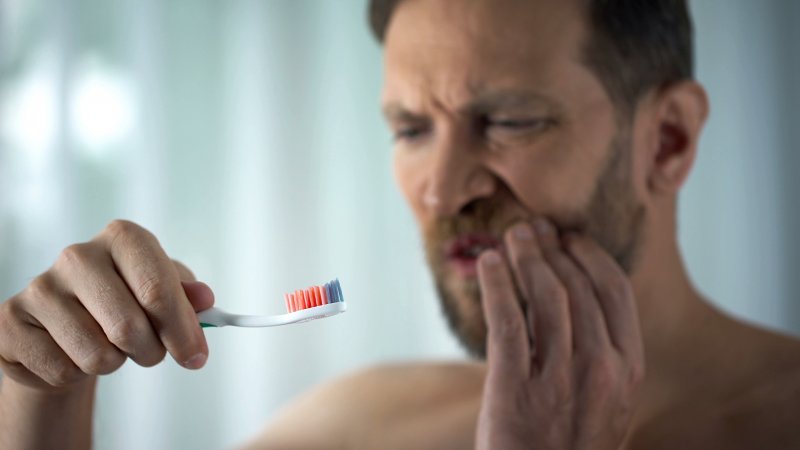
Getting certain physical traits from your parents is very common, from your eyes to your hair and much more. Unfortunately, this often applies to certain systemic conditions as well, and they usually don’t make themselves apparent until you get older. For example, did you know that your risk for developing gum disease and other oral health problems can be passed down from family members? Keep reading to learn why and what you can do to protect your smile going forward if you carry a genetic predisposition for gum-related issues.
The Connection Between Gum Disease and Genetics
Research has shown that gum disease carries a genetic component, particularly when it comes to more serious forms of the condition like advanced periodontitis. Furthermore, studies have shown there may be a genetic link between an individual’s immune response and the development of chronic gum disease.
Furthermore, researchers note that being deficient in a specific gene, specifically beta defensin 1 (or DEFB1) can put you at higher risk of developing gum disease. This gene is responsible for defending the mouth against harmful oral bacteria.
Symptoms of Gum Disease to Know
Dentists always encourage routine dental checkups because gum disease can be difficult to catch without a trained eye. In fact, gum disease can develop without your knowledge entirely, at least in the earliest stages. With that said, there are certain symptoms to be on the lookout for should you carry a higher risk for gum disease, including:
- Bleeding while brushing or flossing
- Tender or sensitive gums
- Gums that appear red or purple (healthy gums are light pink in color)
- Receding gums (or teeth that appear longer than normal)
- Chronic bad breath
- Plaque buildup between the gums
What Can You Do to Reduce Your Risk?
Genetics can influence your oral health and risk for dental disease but that doesn’t mean they can’t also be influenced by your environment. In most cases, gum disease can be prevented when you take a few precautions. Not only are these ideal for protecting those at higher risk for gum disease, but anyone can practice them to reduce their risk of all levels of gum problems. For example, dentists recommend you:
- Brush twice a day using fluoridated toothpaste
- Brush for at least two minutes at a time, making sure to brush along the gum line
- Never brush with too much force (doing so can cause gum recession)
- Floss at least once a day
- Add an antibacterial mouthwash to your routine
- Eat a healthy and balanced diet containing fruits and vegetables
- Avoid foods high in sugar and starch
These helpful tips can make all the difference, especially if you know that gum disease runs in your family. Of course, no oral care routine is complete without a biannual dental checkup. Get in touch with a dentist today to get yours scheduled!
About The Center for Advanced Dentistry
Dr. Hornstein and Dr. Schlessel do everything they can to help patients prevent gum disease from developing in the first place, especially for patients who may be at higher risk. Regardless, they provide multiple solutions to treat all levels of gum disease if you have it, including scaling and root planing, antibiotic therapy, and advanced soft tissue laser treatment. To get scheduled, you can contact them through their website.
